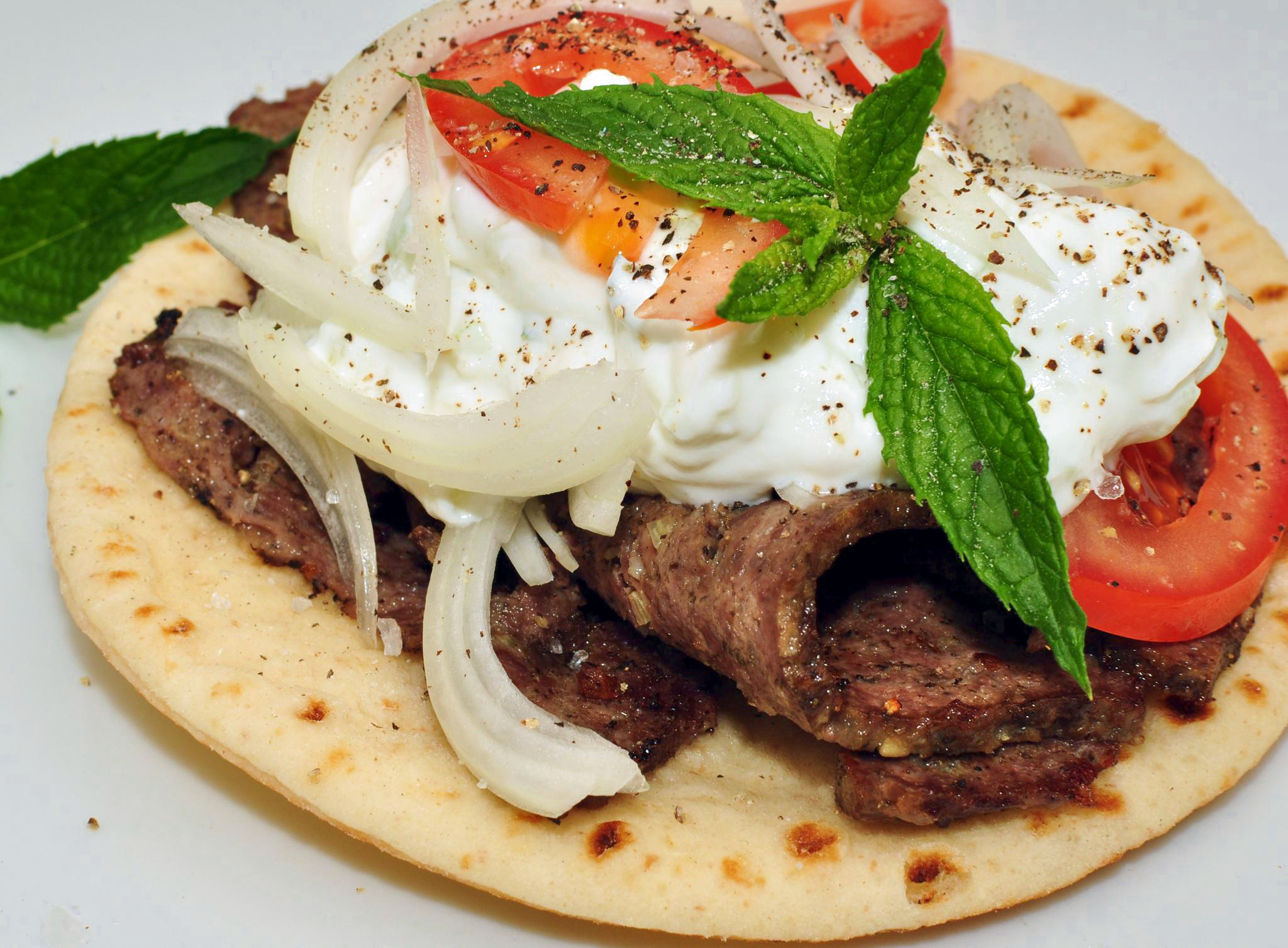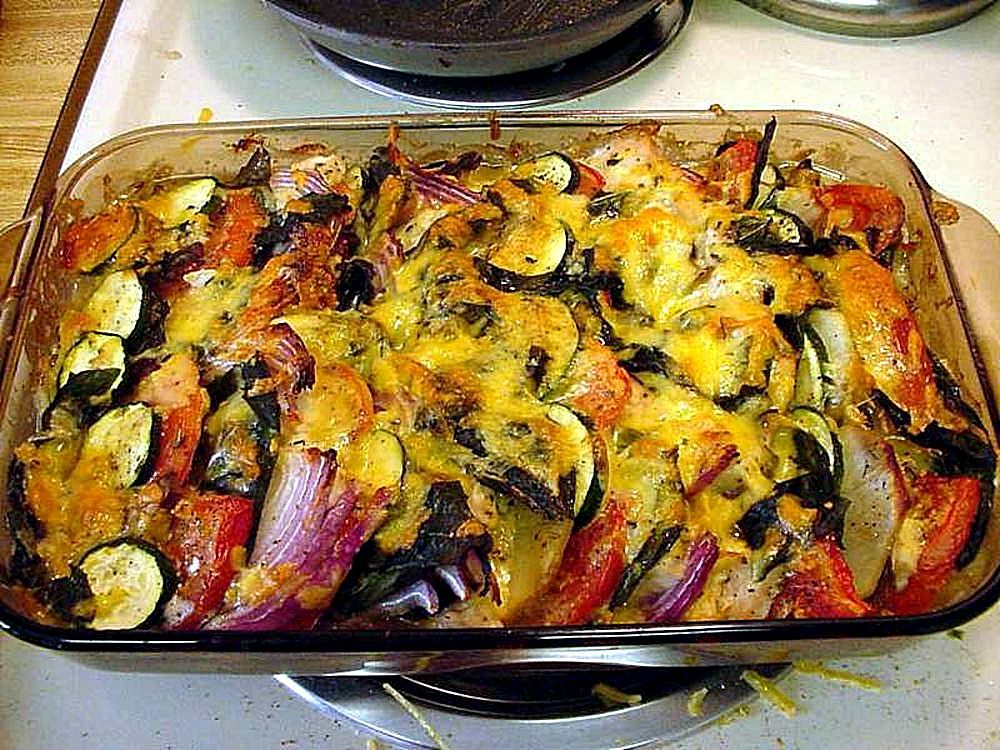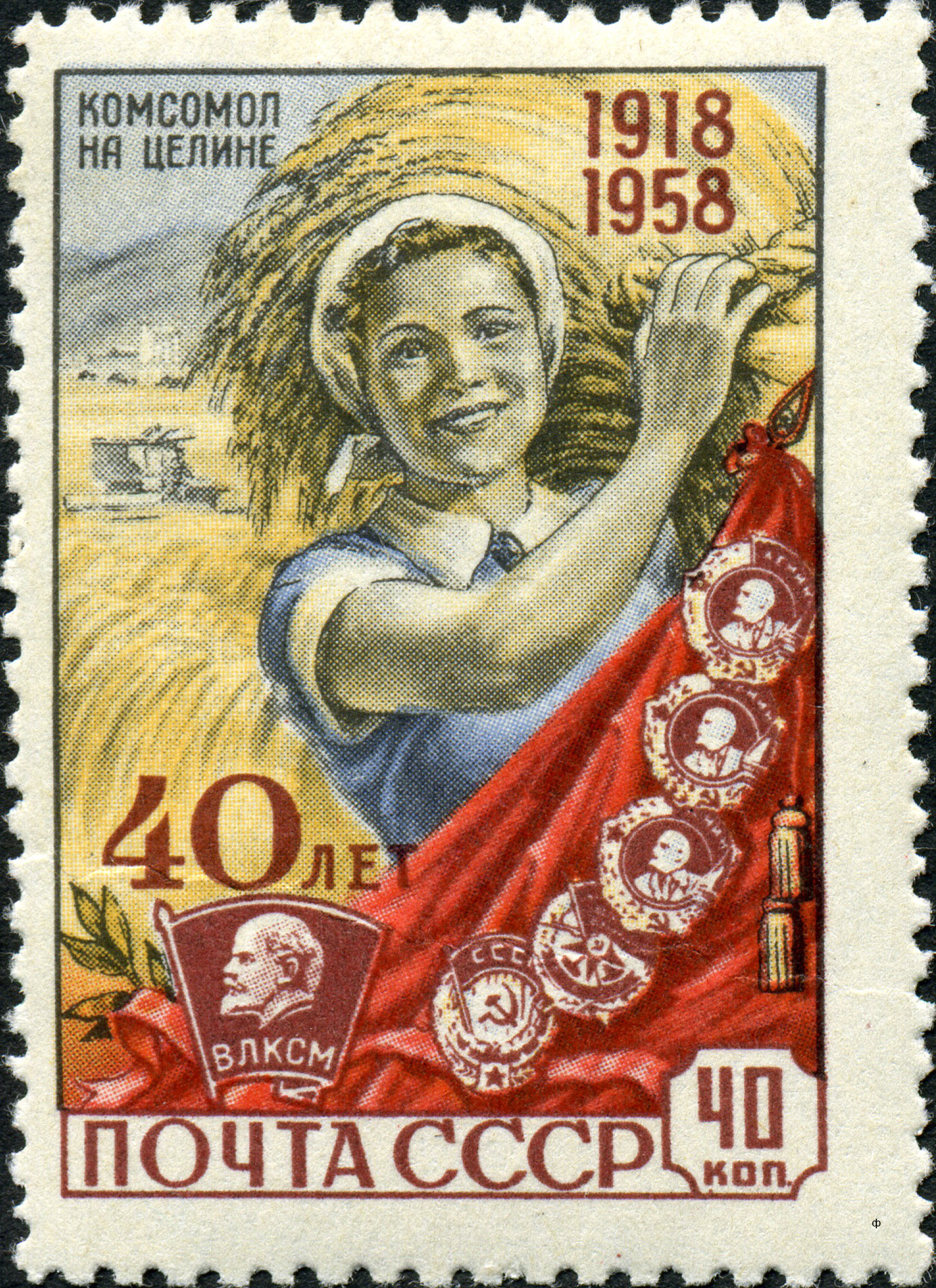|
Celery Root
Celeriac (''Apium graveolens'' var. ''rapaceum''), also called celery root, knob celery, and turnip-rooted celery (although it is not a close relative of the turnip), is a variety of celery cultivated for its edible stem or hypocotyl, and shoots. Celeriac is like a root vegetable except it has a bulbous hypocotyl with many small roots attached. In the Mediterranean Basin and in Northern Europe, celeriac is widely cultivated. It is also cultivated in North Africa, Siberia, Southwest Asia, and North America. In North America, the 'Diamant' cultivar predominates. History Celeriac and celery originated in the Mediterranean Basin. It was mentioned in the ''Iliad'' and ''Odyssey'' as ''selinon''. ''Σέλινον'' has been translated by Lattimore as "the parsley that grows in wet places," by Murray as " parsley of the marsh," and by Butler as " wild celery." Celeriac was grown as a medicinal crop in some early civilizations. Celery contains a plant compound called api ... [...More Info...] [...Related Items...] OR: [Wikipedia] [Google] [Baidu] |
Apium
''Apium'' (including celery and the marshworts) is a genus of about 20 species of flowering plants in the family Apiaceae, with a subcosmopolitan distribution in Europe, Asia, Africa, South America and Australia. They are medium to tall biennials or perennials growing up to 1 m high in the wet soil of marshes and salt marshes, and have pinnate to bipinnate leaves and small white flowers in compound umbels. Some species are edible, notably ''Apium graveolens'', which includes the commercially important vegetables celery, celeriac and Chinese celery. '' Apium bermejoi'' from the island of Menorca is one of the rarest plants in Europe, with fewer than 100 individuals left.IUCN Red List: . The genus is the type genus of the family Apiaceae and the order Apiales. Species include: *'' Apium annuum'' P.S.Short *'' Apium australe'' *'' Apium bermejoi'' *'' Apium fernandezianum'' - johow *'' Apium filiforme'' *'' Apium graveolens'' L. - celery, wild celery *'' Apium inundatum'' - lesser ... [...More Info...] [...Related Items...] OR: [Wikipedia] [Google] [Baidu] |
Richmond Lattimore
Richmond Alexander Lattimore (May 6, 1906 – February 26, 1984) was an American poet and classicist known for his translations of the Greek classics, especially his versions of the ''Iliad'' and ''Odyssey''. Early life and career Born to David and Margaret Barnes Lattimore in Paotingfu, China, he graduated from Dartmouth College in 1926. His brother Owen Lattimore was a Sinologist who was blacklisted for his association with China during the McCarthy era, but subsequently rehabilitated when none of the charges against him proved to be true. Their sister Eleanor Frances Lattimore was an author and illustrator of children's books. Richmond was a Rhodes Scholar at Christ Church, Oxford, and received his B.A. in 1932, and subsequently, under the direction of William Abbott Oldfather, received a Ph.D. from the University of Illinois in 1934. He joined the Department of Greek at Bryn Mawr College the following year, and married Alice Bockstahler, with whom he later had two sons, ... [...More Info...] [...Related Items...] OR: [Wikipedia] [Google] [Baidu] |
List Of Vegetables
This is a list of plants that have a culinary role as vegetables. "Vegetable" can be used in several senses, including culinary, botanical and legal. This list includes botanical fruits such as pumpkins, and does not include herbs, spices, cereals and most culinary fruits and culinary nuts. Edible fungi are not included in this list. Legal vegetables are defined for regulatory, tax and other purposes. An example would include the tomato, which is a botanical berry, but a culinary vegetable according to the United States. Leafy and salad vegetables Fruits Chili peppers Edible flowers Podded vegetables Bulb and stem vegetables Root and tuberous vegetables Sea vegetables See also * Herbs * Vegetable juice * List of culinary fruits * List of leaf vegetables * List of vegetable dishes * List of foods This is a categorically-organized list of foods. Food is any substance consumed to provide nutritional support for the bod ... [...More Info...] [...Related Items...] OR: [Wikipedia] [Google] [Baidu] |
Shelf Life
Shelf life is the length of time that a commodity may be stored without becoming unfit for use, consumption, or sale. In other words, it might refer to whether a commodity should no longer be on a pantry shelf (unfit for use), or no longer on a supermarket shelf (unfit for sale, but not yet unfit for use). It applies to cosmetics, foods and beverages, medical devices, medicines, explosives, pharmaceutical drugs, chemicals, tyres, batteries, and many other perishable items. In some regions, an advisory ''best before'', mandatory ''use by'' or ''freshness date'' is required on packaged perishable foods. The concept of expiration date is related but legally distinct in some jurisdictions. Background Shelf life is the recommended maximum time for which products or fresh (harvested) produce can be stored, during which the defined quality of a specified proportion of the goods remains acceptable under expected (or specified) conditions of distribution, storage and display. Acc ... [...More Info...] [...Related Items...] OR: [Wikipedia] [Google] [Baidu] |
Fine Dining
Fine may refer to: Characters * Sylvia Fine (''The Nanny''), Fran's mother on ''The Nanny'' * Officer Fine, a character in ''Tales from the Crypt'', played by Vincent Spano Legal terms * Fine (penalty), money to be paid as punishment for an offence * Fine on alienation, a sum of money paid to a feudal lord when a tenant had occasion to make over his land to another * Fine of lands, an obsolete type of land conveyance to a new owner * Fine, a dated term for a premium on a lease of land Music * Fine (band), a late 1990s American band * ''Fine'' (album), a 1994 album by Snailhouse * "Fine" (Taeyeon song), 2017 * "Fine" (Whitney Houston song), 2000 * " F.I.N.E.*", a 1993 song by Aerosmith * "Fine", a song by James from the 2001 album '' Pleased to Meet You'' * "Fine", a song by Kylie Minogue from the 2014 album '' Kiss Me Once'' * "Fine", a song by Prism from the 1983 album '' Beat Street'' * "fine", a 2019 song by Mike Shinoda Brands and enterprises * Fine (brandy), a term ... [...More Info...] [...Related Items...] OR: [Wikipedia] [Google] [Baidu] |
Garnish (food)
A garnish is an item or substance used as a decoration or embellishment accompanying a prepared food dish or drink. In many cases, it may give added or contrasting flavor. Some garnishes are selected mainly to augment the visual impact of the plate, while others are selected specifically for the flavor they may impart. This is in contrast to a condiment, a prepared sauce added to another food item primarily for its flavor. A food item which is served with garnish may be described as being garni, the French term for "garnished." Many garnishes are not intended to be eaten, though for some it is fine to do so. Parsley is an example of a traditional garnish; this pungent green herb has small distinctly shaped leaves, firm stems, and is easy to trim into a garnish. Overview A garnish makes food or drink items more visually appealing. They may, for example, enhance their color, such as when paprika is sprinkled on a salmon salad. They may provide a color contrast, for example wh ... [...More Info...] [...Related Items...] OR: [Wikipedia] [Google] [Baidu] |
Casserole
A casserole (French: diminutive of , from Provençal 'pan') is a normally large deep pan or bowl a casserole is anything in a casserole pan. Hot or cold History Baked dishes have existed for thousands of years. Early casserole recipes consisted of rice that was pounded, pressed, and filled with a savoury mixture of meats such as chicken or sweetbread. Some time around the 1870s this sense of casserole seems to have taken its current sense. Cooking in earthenware containers has always been common in most cultures, but the idea of casserole cooking as a one-dish meal became popular in the United States in the twentieth century, especially in the 1950s when new forms of lightweight metal and glass cookware appeared on the market. By the 1970s casseroles took on a less-than-sophisticated image. American-style casserole In the United States, a casserole or hot dish is typically a baked food with three main components: pieces of meat (such as chicken or ground meat) or fis ... [...More Info...] [...Related Items...] OR: [Wikipedia] [Google] [Baidu] |
Soup
Soup is a primarily liquid food, generally served warm or hot (but may be cool or cold), that is made by combining ingredients of meat or vegetables with stock, milk, or water. Hot soups are additionally characterized by boiling solid ingredients in liquids in a pot until the flavors are extracted, forming a broth. Soups are similar to stews, and in some cases there may not be a clear distinction between the two; however, soups generally have more liquid (broth) than stews. In traditional French cuisine, soups are classified into two main groups: ''clear soups'' and ''thick soups''. The established French classifications of clear soups are '' bouillon'' and '' consommé''. Thick soups are classified depending upon the type of thickening agent used: ''purées'' are vegetable soups thickened with starch; '' bisques'' are made from puréed shellfish or vegetables thickened with cream; cream soups may be thickened with béchamel sauce; and '' veloutés'' are thickened ... [...More Info...] [...Related Items...] OR: [Wikipedia] [Google] [Baidu] |
Peruvian Cuisine
Peruvian cuisine reflects local practices and ingredients including influences mainly from the indigenous population, including the Inca, and cuisines brought by immigrants from Europe (Spanish cuisine, Italian cuisine); Asia (Japanese cuisine and Chinese cuisine); and Africa ( Maghrebi cuisine and West African cuisine). Without the familiar ingredients from their home countries, immigrants modified their traditional cuisines by using ingredients available in Peru. The four traditional staples of Peruvian cuisine are corn, potatoes and other tubers, Amaranthaceaes (quinoa, kañiwa and kiwicha), and legumes ( beans and lupins). Staples brought by the Spanish include rice, wheat and meats (beef, pork and chicken). Many traditional foods—such as quinoa, kiwicha, chili peppers, and several roots and tubers—have increased in popularity in recent decades, reflecting a revival of interest in native Peruvian foods and culinary techniques. Chef Gaston Acurio has become well known fo ... [...More Info...] [...Related Items...] OR: [Wikipedia] [Google] [Baidu] |
South American Cuisine
South American cuisine has many influences, due to the ethnic fusion of South America. The most characteristic are Native American, African, Spanish, Italian, Portuguese, and Indian-South Asian. However, there is a mix of European, North American, and indigenous cuisines. The customs and food products greatly vary according to the physically distinct regions. Overview The Amazon basin of South America provides a plethora of fresh fish and tropical fruits. The Pacific Ocean provides a large amount of seafood, such as king crab (typically caught at the southern end of the continent), lobster (found in great quantities from the Juan Fernández Islands), and Antarctic krill, which was recently discovered. Tuna and tropical fish are caught all around the continent but are notably found in abundance near Easter Island. The many plains on this continent make it rich for growing foods like cereals, potatoes and quinoa. In the Patagonia region in the south of Argentina, many people ... [...More Info...] [...Related Items...] OR: [Wikipedia] [Google] [Baidu] |
Tselina
Tselina or virgin lands (; ) is an umbrella term for underdeveloped, scarcely populated, high-fertility lands often covered with the chernozem soil. The lands were mostly located in the steppes of the Volga region, Northern Kazakhstan and Southern Siberia. Retrieved 2018-07-29. The term became widely used in the late 1950s and early 1960s in the Soviet Union during the Virgin Lands campaign (russian: Освое́ние целины́, lit=reclamation of tselina, translit=Osvoyeniye tseliny) - a state development and resettlement campaign to turn the lands into a major agriculture producing region. See also *Chernozem *Tselinograd Astana, previously known as Akmolinsk, Tselinograd, Akmola, and most recently Nur-Sultan, is the capital city of Kazakhstan. The city lies on the banks of the Ishim River in the north-central part of Kazakhstan, within the Akmola Region, thou ... References Land tenure Agronomy Agriculture in the Soviet Union History of agriculture ... [...More Info...] [...Related Items...] OR: [Wikipedia] [Google] [Baidu] |
Apigenin
Apigenin (4′,5,7-trihydroxyflavone), found in many plants, is a natural product belonging to the flavone class that is the aglycone of several naturally occurring glycosides. It is a yellow crystalline solid that has been used to dye wool. Sources in nature Apigenin is found in many fruits and vegetables, but parsley, celery, celeriac, and chamomile tea are the most common sources. Apigenin is particularly abundant in the flowers of chamomile plants, constituting 68% of total flavonoids. Dried parsley can contain about 45 mg apigenin/gram of the herb, and dried chamomile flower about 3-5 mg/gram. The apigenin content of fresh parsley is reportedly 215.5 mg/100 grams, which is much higher than the next highest food source, green celery hearts providing 19.1 mg/100 grams. Biosynthesis Apigenin is biosynthetically derived from the general phenylpropanoid pathway and the flavone synthesis pathway. The phenylpropanoid pathway starts from the aromatic am ... [...More Info...] [...Related Items...] OR: [Wikipedia] [Google] [Baidu] |






_-_Soup_(1865).jpg)


